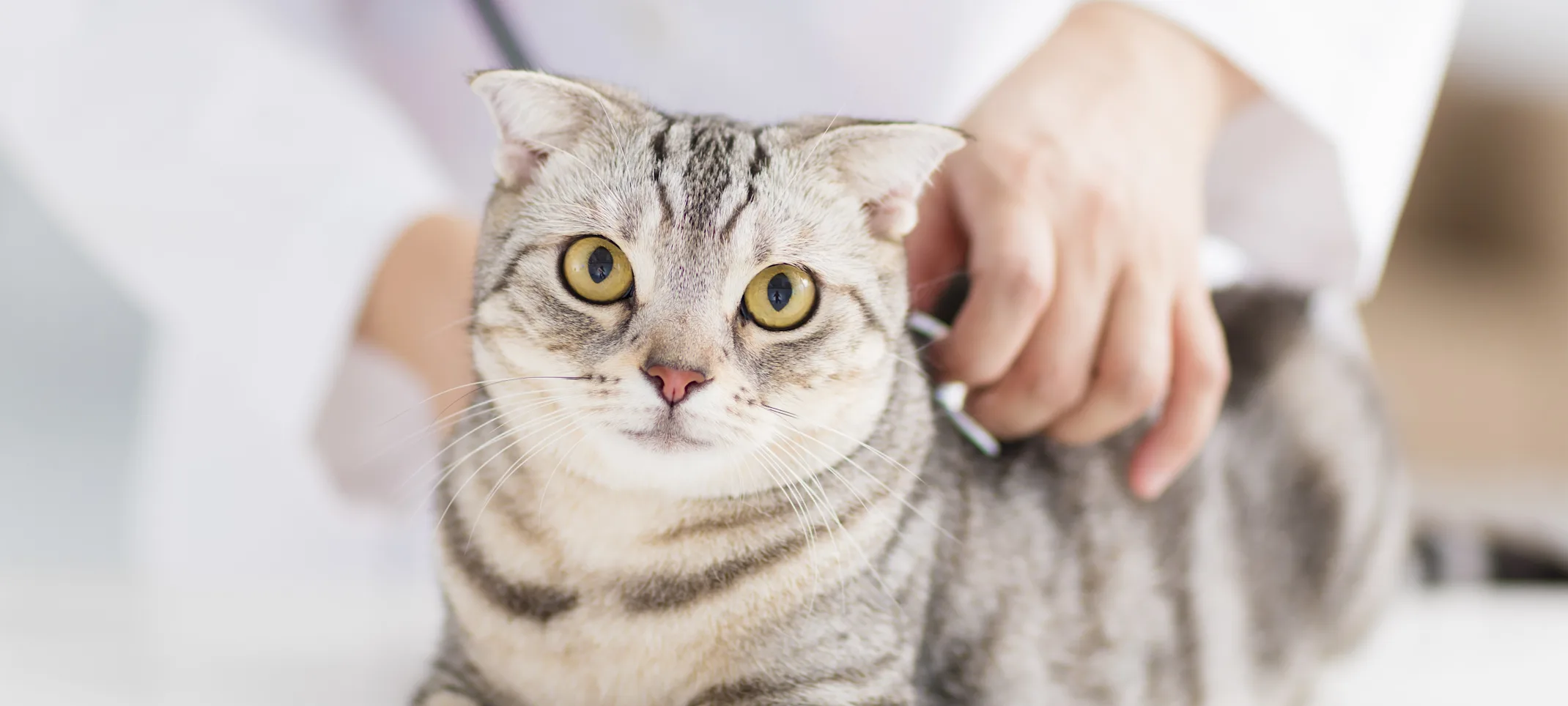Las Posas Veterinary Medical Center
Diagnostic Assessment
We begin by determining the reason for your current visit. We also need to obtain information about your pet’s past medical history, behavior, environment and nutrition, as well as addressing any other concerns you may have.

While it may sometimes appear that our veterinarians are just petting or cuddling your dog or cat during an exam, they are in fact performing a complete physical examination, which consists of:
examining the eyes, ears, nose, throat,
using a stethoscope to auscultate (listen to) the heart and lungs,
palpating the abdomen for any abnormalities,
assessing the palpable lymph nodes (and thyroid gland in older cats),
evaluating the skin and hair coat,
identifying any suspicious lumps or bumps,
palpating and assessing for any problems associated with musculoskeletal (bones, muscles, ligaments) and neurologic systems, as well as looking for any signs of lameness or pain
Although a physical exam can provide a wealth of information about your pet’s current health and problem(s), it doesn’t give us all the information we would like. For this we rely on laboratory tests that may include a fecal parasite assay, blood and urine panels to assess organ function, radiography (x-rays), EKG, blood pressure, endoscopy (internal scoping), ultrasound imaging or biopsy if necessary. Many of these diagnostic tests and the initial treatment can be performed on an outpatient basis while you wait. If your pet is ill enough, it may require hospitalization to begin treatment while the necessary diagnostic procedures are being conducted. In some cases we may recommend a quick in-house screening panel to determine if your pet’s condition requires hospitalization or can be treated on an outpatient basis.
If your pet’s condition requires anything other than a simple remedy or involves an anesthetic protocol, a detailed treatment plan with associated costs will be provided to you for your approval prior to treatment and/or hospitalization. It is customary to leave an appropriate deposit prior to initiating treatment. We make every effort to stay within the confines of the treatment plan provided; however, in many cases it is impossible to predict the tests and/or treatment necessary for your pet’s condition on the initial visit. In those instances we will be sure to keep you updated not only on your pet’s condition, but also the expenses incurred to treat your pet, and may even require a second treatment plan for you to approve.
Please contact us if you have any questions regarding your pet’s health or condition.
